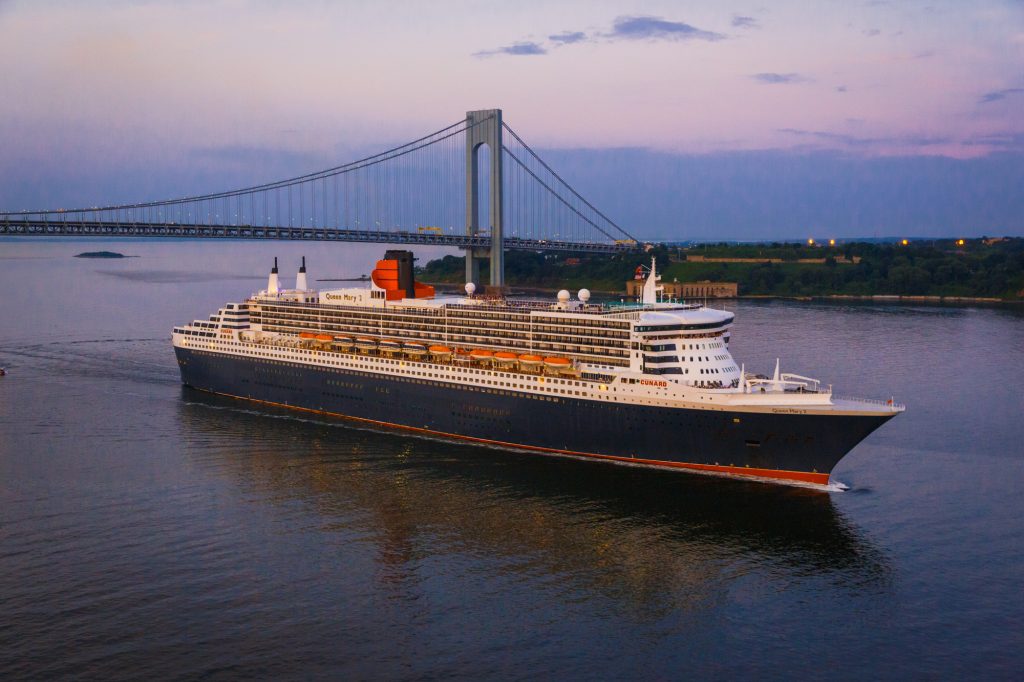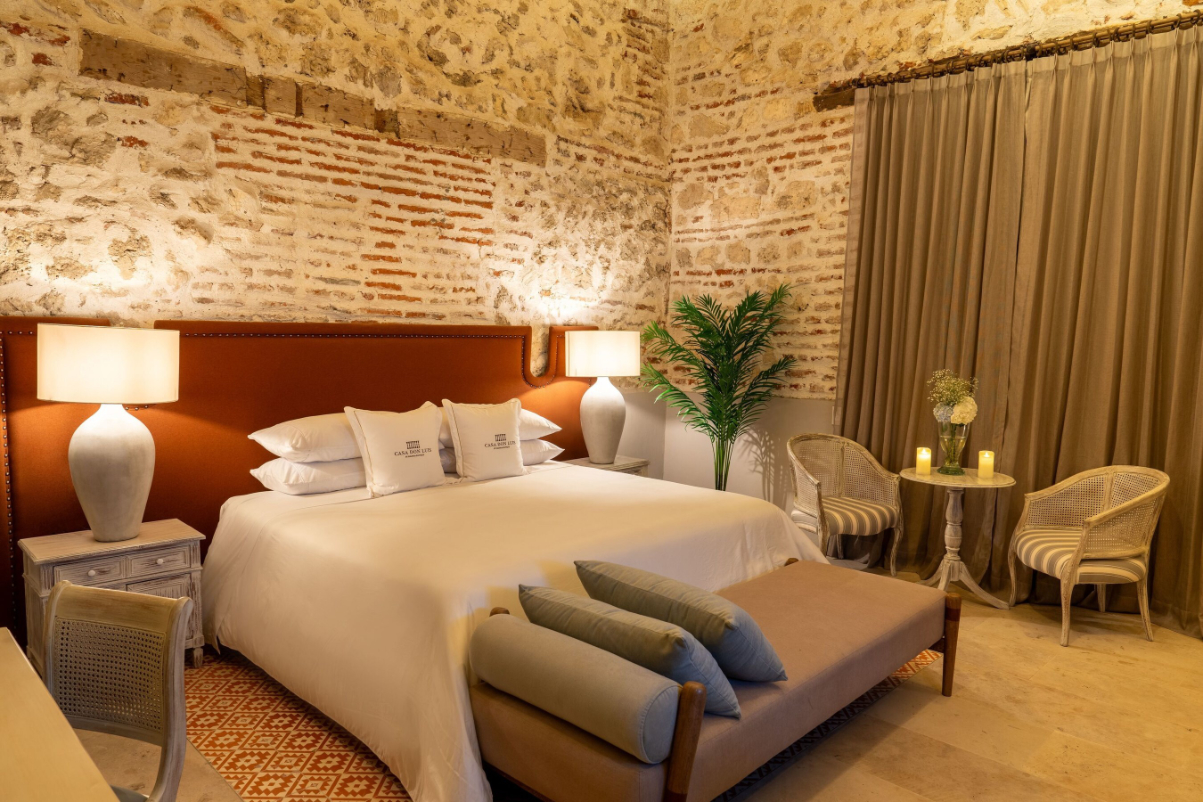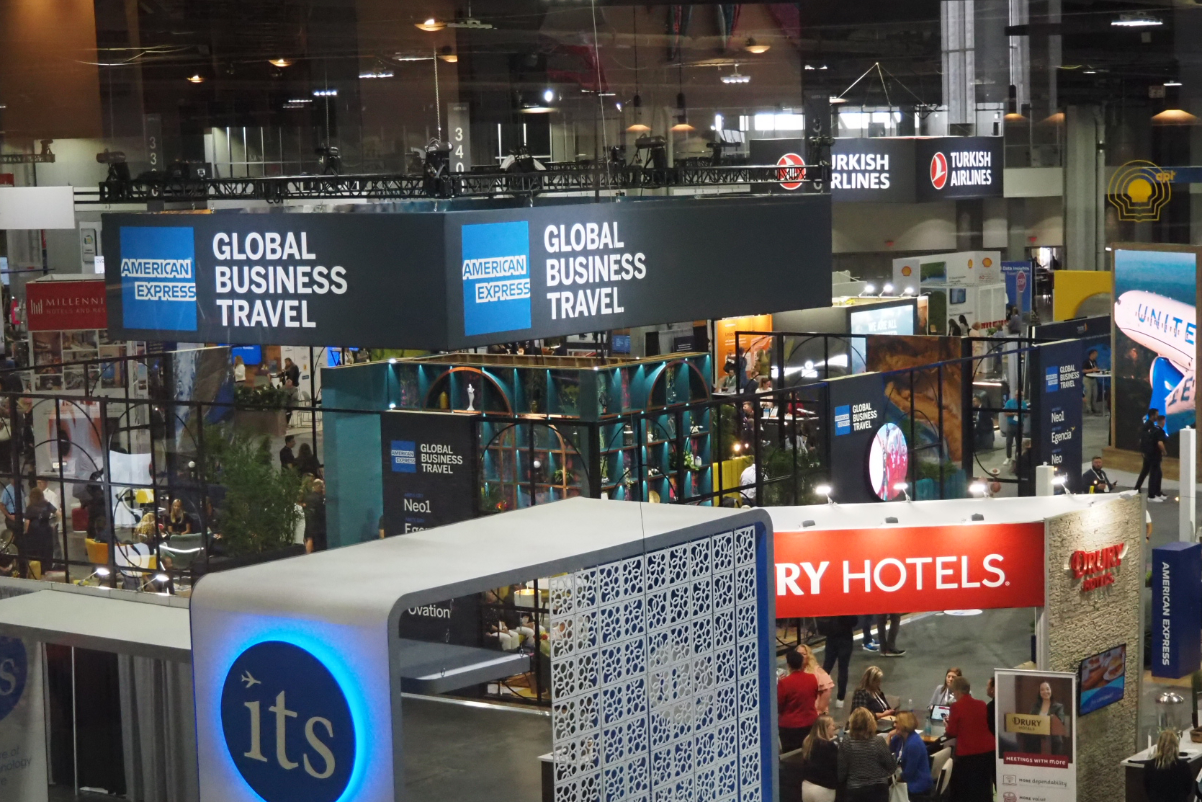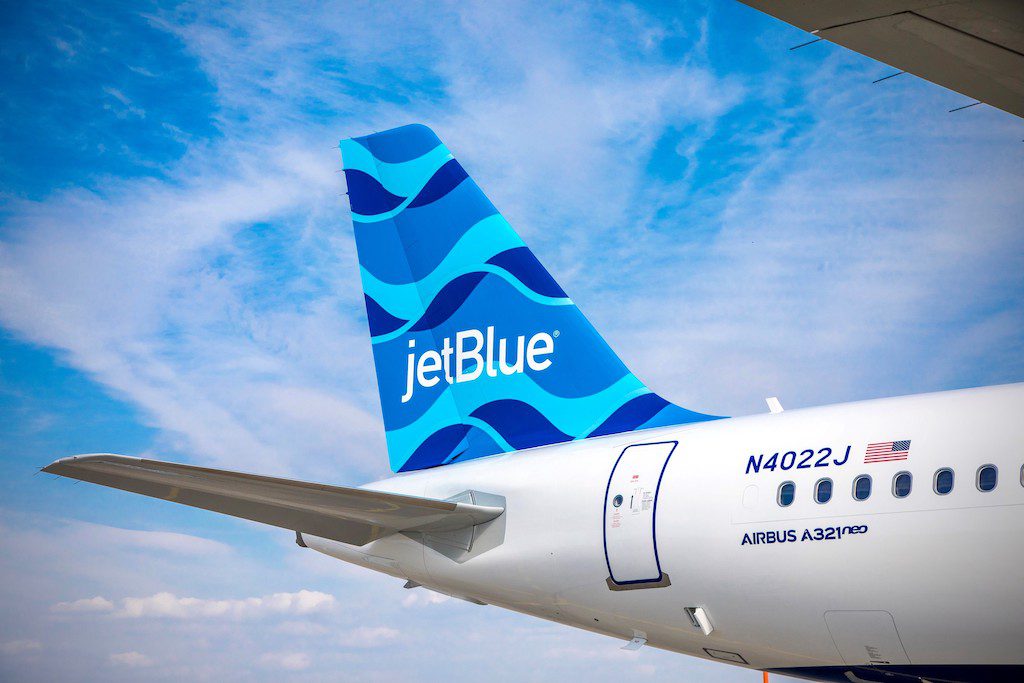Can Cunard Create a New Hospitality Model for the Next Generation of Cruisers?

Skift Take

On Experience
Colin Nagy is a marketing strategist and writes on customer-centric experiences and innovation across the luxury sector, hotels, aviation, and beyond. You can read all of his writing here.The cruise industry is facing the challenge of making its experience relevant to a new generation of travelers, many of whom need convincing to go off to sea for an extended period. New players like Virgin Voyages are entering the field with hyper-designed experiences, ripping up the established rulebooks. Other incumbents are having to optimize, recalibrate and re-position offerings to gel with the prevalent experiential themes of travel.
At the same time, one of the most interesting tensions in travel is between classic, storied white glove traditional luxury, and modern hospitality: experiences, data, iteration, growth, and progress. The two aren’t always the best of bedfellows, but the push/pull is starting to work itself out in interesting ways.
At the middle of these two currents is the classic cruise brand, Cunard, which is a case study in evolution. The 180-year-old brand is perhaps best known for mid-century Atlantic crossings, its iconic ships and elegant passengers, as well as the Churchill lauded contribution to the war effort (he claimed the movement of supplies shortened the war by a year or more).
The Cunard name itself, and logo, conjures up a vision of travel that doesn’t seem to exist anymore. Today, the brand, with three ships and another launching in 2022, is positioned as more premium than larger mainstream lines, but lower than some hyper-luxury, all-inclusive options.
The brand is also sailing through a unique cultural context: There’s the big question that amidst a hectic world of digital distractions, how these types of travel experiences — leaning toward the more classic and distinguished — can offer the opposite of the chaos of daily life: a relaxed pace and meditative time on the ocean. Also, there's the idea of bringing together a lot of different ages, nationalities, and backgrounds on a ship to create a meaningful and unexpected experience.
The result, to me, is an interesting — and highly unique — test lab for improving hospitality, creating serendipitous experiences, and also honoring some of the best elements of old school luxury. The person charged with bringing these disparate elements together is Josh Leibowitz, a former McKinsey consultant, and TED speaker, currently serving as head of North America for Cunard and head of global strategy for the parent company, Carnival Corp. In the course of our conversation, he moves between strategic consultant-style thinking and soft diplomacy, touching deeply on the subtleties of actual service. It isn’t a theory, it is the observation of practice over and over, with a businessman’s eye continual optimization.
Here, the strategic building blocks are solid: You have the same audience, day in and day out for an extended period. You can build a relationship long before the trip begins. You can optimize throughout a journey, unlike a hotel stay where people are coming and going, it can be a much deeper relationship and one much more fruitful for experimentation.
To bring a lot of these elements together to improve an iconic brand, Leibowitz told me they did a complete re-evaluation of the end to end customer service journey. “About a year ago, we took six months looking at every single touchpoint that a guest experiences ... We’ve been mapping where and how they interact with the brand. Also, importantly how they feel at every touchpoint ...”
Part of the findings was the opportunity for what I’m calling the idea of “adaptive hospitality.” A service experience that improves and morphs as the journey continues.
Leibowitz sees the opportunity as being highly unique in the world of travel and hospitality, although others might disagree about the uniqueness: “In contrast to many more transient or transactional service relationships, our teams build long-term relationships with our guests whether that be over years with very loyal guests or over the course of a seven-day transatlantic crossing. The opportunity to build genuine rapport, to understand individual preferences and to respond and delight the guest as we learn more about them is something we encourage.”
This service could be remembering specific wine preferences or simple things about waiters knowing how you take your coffee or how little vermouth to put in your Martini.
Recalled preferences are, of course, nothing new for five-star locales. However, what is interesting is the idea of how quickly data points are taken and implemented, in many cases from one meal to the next, rather than one hotel stay to the next. This fluidity and adaptiveness combines data with frontline staff.
Then there’s the ballet act of attempting to bring around 2,600 passengers in a harmonious way across several days, an opportunity to create a real-life social network of sorts. “One of the things that are probably core to the history of Cunard is that we take people on long journeys, said Leibowitz. “These were destination-oriented; immigrating, sailing to a better life. There's the idea of spending much time on board, en route to a destination.” One can luxuriate in the journey, and there are elements of engineering of how the ship is designed to make meeting and interaction happen.
There are lookouts, nooks, libraries, places to watch the waves. “Part of the luxury is the opportunity to have these serendipitous connections, said Leibowitz. “Some of this happens naturally, and we have hosts that know their guests and make connections ... We also have an interesting global guest base of interesting people as well as try to create a mindset of being open to meeting others and hearing their experiences.”
Regarding operating procedures and service standards, the team decided to keep the name “White Star Service,” alluding to the White Star line, acquired by Cunard. There was concern about this being a relic of the past, but the decision to keep it was to honor the service history and culture when creating operating standards for hospitality, while also adding new elements of modernity, acknowledging how guests want to be treated today.
Leibowitz says there’s a balance to be struck. “We’re taking elements of history and tradition and bringing them into the modern era. In the past, it used to be how you put on your gloves and the perfect table setting, the decorum, and ritual. Now, we do keep these types of elements, but we’ve focused on the result of how a guest feels. We don’t want the process to get in the way of that, and we don’t want to engineer social distance between our employees and our guests artificially.”
Of course, this doesn’t mean the past is stripped away from an Atlantic crossing experience. The bellman still wears their attire, the silver is polished, and a sense of occasion permeates the atmosphere. When I visited the QM2 for a walkthrough before it set off on a transatlantic crossing, there was a palpable sense of energy and excitement in the air.
Some of the older passengers carried themselves as veterans of the crossing, greeting old friends and confidently making their way to the bar without asking for directions; some were first-timers, and some groups were multi-generational. However, the occasion — and difference between your typical flight to go on holiday — was evident.
As I observed the staff and the first minutes of their interactions with guests, the pride was palpable — and it was the beginning of the service journey that would emerge, morph and hopefully adapt by the time the guests got off in England. Because no matter how posh the surroundings or how black tie the event, this much time in the same place relies on an incredible — and replicable — service experience for guests.
It turns out this is the through-line for the entire brand over the course of its history. “These are significant journeys, said Leibowitz, “and if we can get our employees to the place where they are finding true joy in creating moments for guests, it stops being an interaction as part of the job, and something bigger.”
Now Leibowitz's job is to explain this vision, and the approach to service, to a new generation of travelers who are obsessed with experience and are saddled with distraction and fragmentation and anxiety in their daily lives. An extended time, disconnected, looking at the sea seems like a plausible sell.





